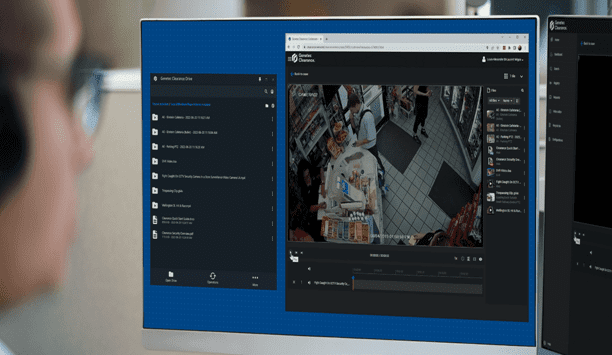Although an organisation’s IT infrastructure is typically built to handle large amounts of data, including that of video surveillance applications, many operators are not fully leveraging the functionalities of their investments to optimise bandwidth capacity. Multicasting, multistreaming and video compression are three innovative methods that users can use to optimise bandwidth management in video surveillance applications. With technologically advanced video management software (VMS), users can leverage existing hardware and software functionalities to experience benefits such as reduction in bandwidth requirements, optimisation of network resources, and decrease of storage needs. Multicasting, multistreaming and video compression as supported by a highly intelligent VMS ultimately contribute to significant cost savings and long-term investment protection.
When it comes to IP video surveillance, it is important to efficiently manage the way video streams are transmitted over the network in order not to overload the available bandwidth. Even though IT infrastructures are built to handle any kind of data, the applications generating traffic over the IP network need to be conducive with the efficient utilisation of the network resources in place. To this end, different functionalities and mechanisms are offered by IP video surveillance solution providers to allow optimisation of bandwidth and network resources such as multicasting, multistreaming, and video compression.
What's inside?
- Getting the most from your network resources
- Uncovering common methods of video stream transmission
- Making multicast transmission worth your while
- Taking multicast to new heights: intelligent VMS
- Getting more with multistreaming capabilities
Popular Whitepapers
How to create a successful physical security roadmap
Reducing the cost of video surveillance system deployment and operation
How to implement a physical security strategy with privacy in mind
Cybersecurity in the physical security world







